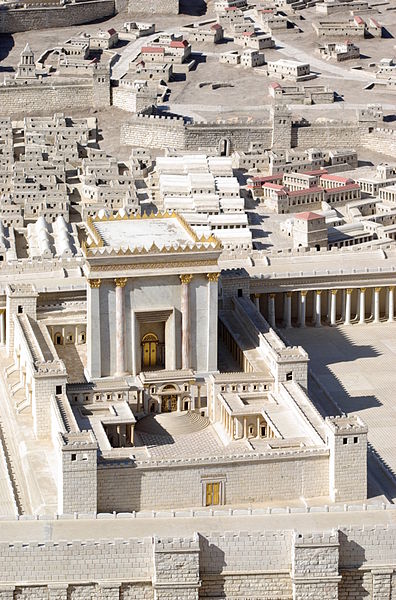Early Church of Jerusalem
The Early Church of Jerusalem is considered to be the first community of early Christianity. It was formed in Jerusalem after the crucifixion of Jesus. It proclaimed to Jews and non-Jews the resurrection of Jesus Christ, the forgiveness of sins and Jesus' commandments to prepare for his return (parousia) and the associated end of the world.
Theodotos inscription, donor inscription of a Jerusalem synagogue of the 1st century AD (Israel Museum).
Icon representation of St. James
Early Christianity, otherwise called the Early Church or Paleo-Christianity, describes the historical era of the Christian religion up to the First Council of Nicaea in 325. Christianity spread from the Levant, across the Roman Empire, and beyond. Originally, this progression was closely connected to already established Jewish centers in the Holy Land and the Jewish diaspora throughout the Eastern Mediterranean. The first followers of Christianity were Jews who had converted to the faith, i.e. Jewish Christians. Early Christianity contains the Apostolic Age and is followed by, and substantially overlaps with, the Patristic era.
Model of the Second Temple in the Israel Museum
Christ with the Two Thieves by Fra Angelico c. 1437 – c. 1446
St Paul's Pillar in Paphos
Saint Peter and Saint Paul (1570s) by Juan Fernádnez Navarrete






